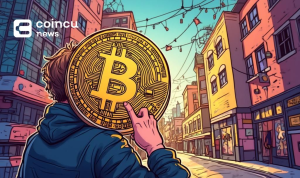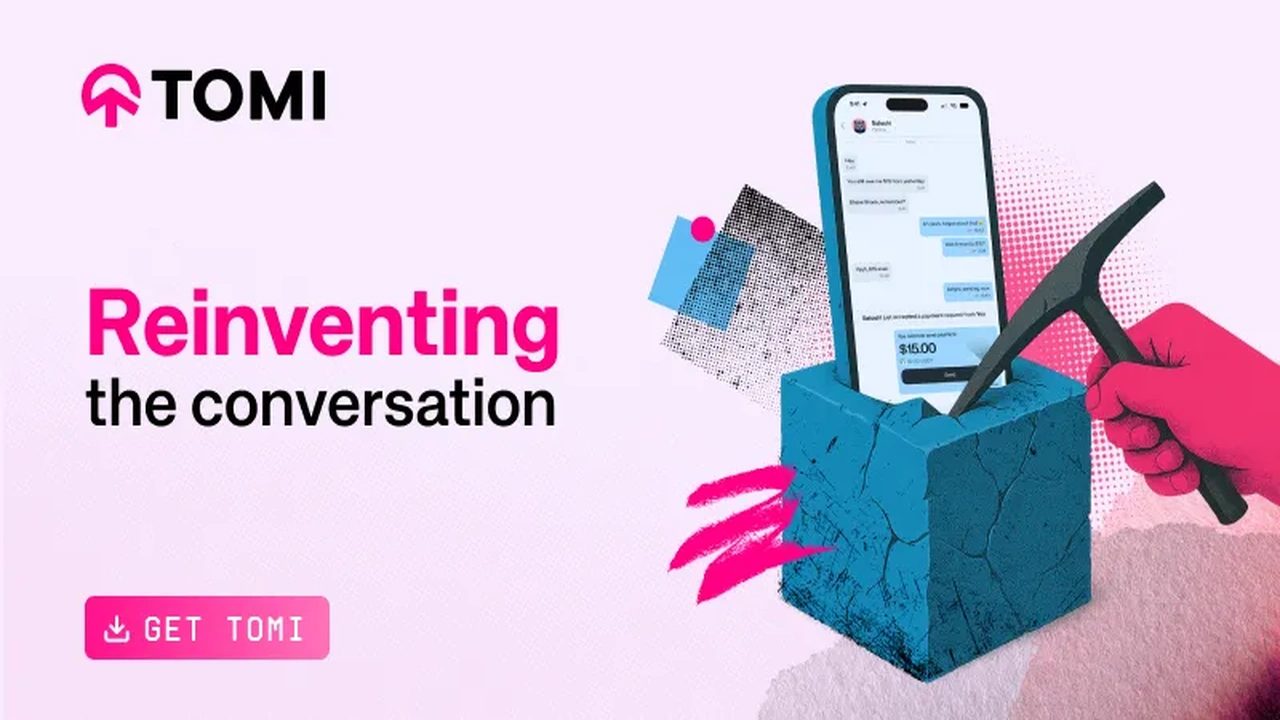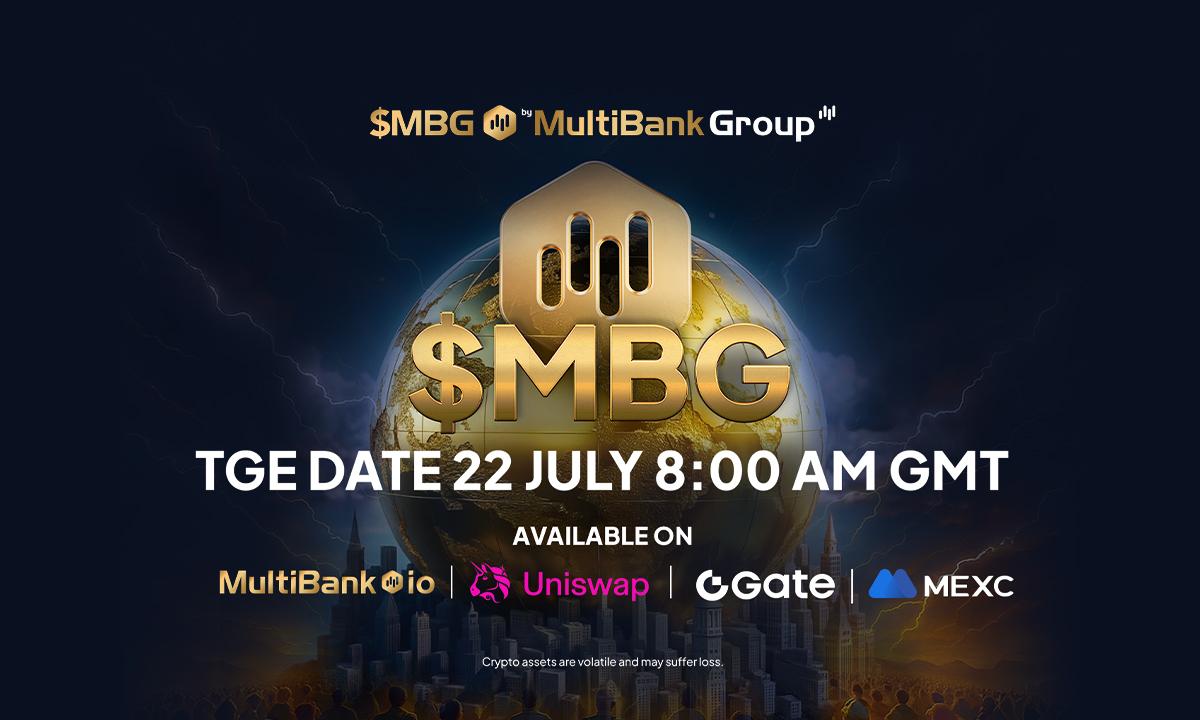A TRC-10 (TRON) token is a type of cryptocurrency that exists on the TRON blockchain. It is used for various purposes such as basic token production and transactions within the TRON ecosystem. Unlike other types of tokens on the blockchain, TRC-10 tokens do not require the TRON Virtual Machine (TVM) for their operation.
TRC-10 tokens can be accessed and managed through an API (Application Programming Interface). This API allows developers and users to interact with the TRON blockchain and perform actions such as creating, transferring, and storing TRC-10 tokens.
One of the main advantages of TRC-10 tokens is their significantly lower transaction fees compared to TRC20 tokens. This makes them a more cost-effective option for users who want to transact with tokens on the TRON blockchain. However, it’s important to note that using TRC-10 tokens requires additional bandwidth for API transactions and deposits.
Anyone who has an account on the TRON network can create a TRC-10 token by paying a minimum of 1,024 TRX (TRON’s native cryptocurrency). This means that individuals and businesses can easily create their own tokens on the TRON blockchain and utilize them for specific purposes.
When creating a TRC-10 token, the issuer must specify various details such as the token’s name, overall value, TRX conversion rate, circulation length, definition, maximum bandwidth points per account, overall bandwidth points usage, and token stake. These details help define the characteristics and behavior of the token within the TRON ecosystem.
TRON is a blockchain platform that provides a range of functionalities and features for developers and users. It enables the creation of smart contracts, virtual machines, decentralized exchanges, decentralized applications (DApps), wallets, and blockchain explorers. TRC-10 tokens were originally part of the Ethereum blockchain, but they were exchanged and moved to their own blockchain network when TRON’s mainnet was launched. These tokens are compatible with major cryptocurrency wallets and are often free to use.
TRC-10 tokens have found various applications in the blockchain space. They have been used in Initial Coin Offerings (ICOs), which are fundraising events where new cryptocurrencies are sold to investors. The use of TRC-10 tokens in ICOs provides several benefits, including no listing fees and the ability to create tokens without prior experience in programming languages.
Furthermore, TRC-10 tokens offer flexibility in terms of supply. The token supply can be increased once the tokens are created, and they can also be burned if they are returned to their originating address. This provides additional control and management options for token issuers.
TRC-10 tokens are commonly used in various blockchain-powered products and services. For example, BitTorrent, a decentralized file-sharing service, benefits from the flexibility and efficiency of the TRON blockchain network by utilizing TRC-10 tokens as a means of exchange and incentivization.
These tokens offer high speed and scalability, making them suitable for applications that require fast and secure transactions. They can be accessed through smart contracts and APIs, which provide developers with the tools necessary to integrate TRC-10 tokens into their applications and platforms.
One of the key advantages of TRC-10 tokens is their cost-effectiveness. They have transaction costs that are a thousand times cheaper than those of TRC20 tokens, making them an attractive option for businesses and individuals who want to minimize transaction fees.
TRC-10 tokens are obtained by freezing TRX tokens in a suitable wallet. When TRX tokens are frozen, users receive TRC-10 tokens as a reward. These tokens are commonly used as a payment method in decentralized applications (DApps), which are applications that run on the blockchain and provide various functionalities and services.
TRC-10 tokens have been utilized in various industries, including banking and finance, real estate, retail, healthcare, supply chain management, education, gaming, media, the Internet of Things, augmented reality, virtual reality, and aviation. Their versatility and compatibility make them suitable for a wide range of applications.
In conclusion, TRC-10 tokens are an important component of the TRON blockchain ecosystem. They provide a cost-effective and efficient way to transact and interact within the TRON network. Whether it’s for fundraising, tokenization, or powering decentralized applications, TRC-10 tokens offer a range of possibilities for businesses and individuals in the blockchain space.















